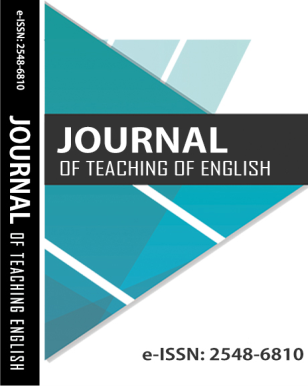An Analysis of Speech Acts of “Mowindahako” in Tolakinese Wedding Ceremony Procession
Keywords:
mowindahako, Illocutionary Act, Perlocutionary ActAbstract
This research aims at analyzing the types of speech acts which were illocutionary acts and perlocutionary acts in the Mowindahako procession of Tolakinese wedding ceremony procession. The researcher used the qualitative as the research design that aims at identifying and describing linguistic phenomenon during the process of the Mowindahako procession. The data were limited into three ceremonial processions in the Mowindahako which are Sara Mbeparamesino Tolea ine Disi Pamarenda (request for permission to the government), Sara Mbeparamesino Tolea ine Puutobu atau Toonomotuo (request for permission to the traditional leader), and Sara Mbeparamesino Tolea ine Pabitara atau Pu'u Pe'ana (request for permission to the bride's family representative or bride's parents). The researcher analyzed the types of illocutionary acts and perlocutionary acts based on the theory from Searle (1969) and Austin (1975). The result showed there were illocutionary acts and perlocutionary acts used by the representatives of the bride’s family and the groom’s family in the Mowindahako procession. The illocutionary acts consisted of representative, directive, expressive, and declarative. The researcher did not find the commisive type. The perlocutionary acts consisted of to convince the hearer, to surprise the hearer, to get hearer to do something, and to get the hearer realize something.




